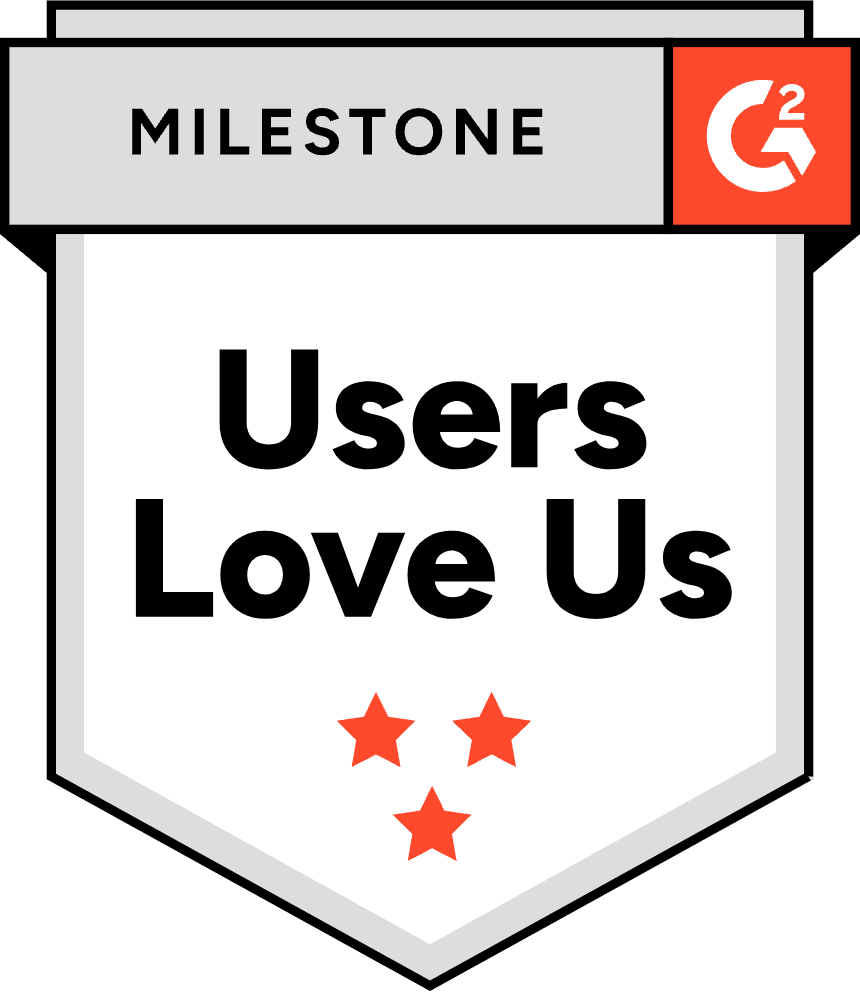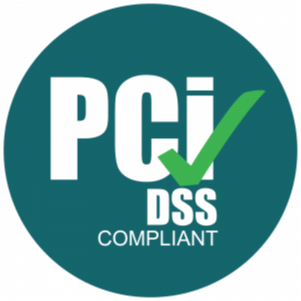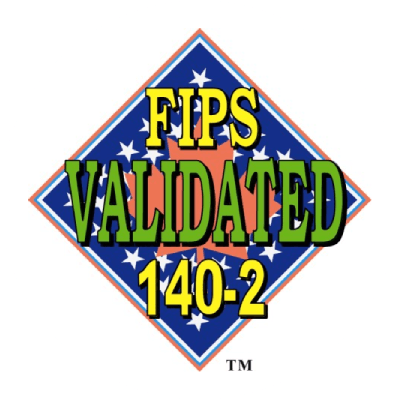Static secrets and version control are two pillars of modern enterprise workflows. Both are essential in the handling of secure and efficient operations; so what happens when we apply them together?
Vault secret versioning combines the benefits of version control with the security of a secrets vault, allowing management to track changes to passwords, credentials, tokens, and SSH keys across the organization in real-time. How do static secrets and versioning work, and why should you start thinking about them as an enterprise manager?
The Job Static Secrets Perform for Your Cybersecurity
Static secrets are essentially the “authentication credentials” employees and machines use to gain access to sensitive resources, servers, and data. Much like how regular passwords work, static secrets are predetermined, and only authorized users should know them. Secrets, as mentioned, can involve anything from credentials to keys to tokens.
Enterprises use vaults to centrally manage all their secrets. You don’t want to hard code any credentials in plain text or code where it can be stolen easily. Instead, vaults help store encrypted credentials in a way so that only the right users have access to sensitive enterprise resources.
One issue with static secrets, however, is that they are static. According to cybersecurity best practices for secrets management, you should always rotate your secrets regularly so that a single stolen credential won’t be valid for long. It’s for this reason why vault secret management tools need a versioning feature.
What Is Static Secrets Versioning? And What Are the Benefits?
Versioning tracks and manages all the changes that happen to your secrets management kit over time. Static secrets change often in an enterprise setting, whether they are modified, created, or deleted.
Version control is already a common practice in software development, and it can help with secrets management in a DevSecOps environment as well, providing a snapshot of every secret’s history. The benefits of versioning, likewise, are shared.
[sc name=”glossary-cta-sm” ][/sc]Allowing Easier Collaboration
Secrets management is always a collaborative effort, as secrets show up in every department of an organization and almost every user will need one when working with upper-level systems and data.
In software development, versioning makes sure that individual developers don’t end up stepping on each other’s toes by duplicating or overwriting work. Similarly, multiple secrets managers in your DevOps teams can concurrently work on the same set of secrets more easily.
Versioning features are critical to allowing all users to have access to the latest secrets, especially when they get more numerous and complex as the enterprise scales.
Automating the Process
Another popular theme in enterprise development is automation, which eliminates the possibility of human error and increases productivity. Many tools today can track and record changes in your vault automatically.
When version control automation is enabled, the managers can achieve a faster and more secure workflow.
Providing Vital Visibility
Versioning will give you a better overview of how the secrets in your enterprise evolve over time. Everyone knows what changes were made, who made them, and when. This detailed information stays in your records automatically, accessible by management.
Such data is important for legal compliance reasons, and it’s the perfect tool for auditing the vault in the future. Many jobs are easier when you have a full list of the modifications to your secrets.
Recovering From Disasters
Accidents happen, and enterprises always prepare for them. From the major to the minor mistakes, from the short-term to the long-term problems, version control facilitates disaster recovery.
In the event you lose control of a secret, vault managers can revert back to a previous repository and undo mistakes. Digging out old secrets is also possible in case you need to backup and restore a vault.
The combination of static secrets, vault centralization, and versioning features is what empowers enterprise-level secrets management. Become acquainted with these functions and find vault software that serves your needs.












